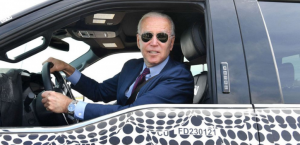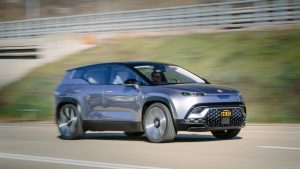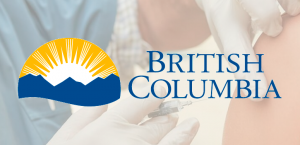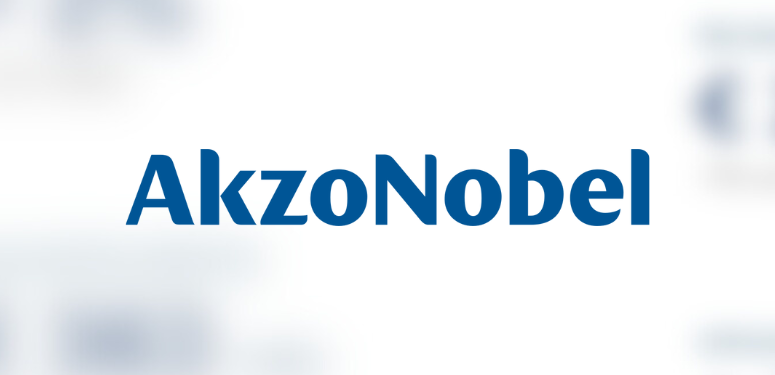Toronto, Ontario — Whether it be as rudimentary as a backup camera or tire pressure gauges, or as complicated as a fully self-driving platform, ADAS components can be found in nearly every vehicle on the road today, and they aren’t getting any less complicated.
Companies like asTech help provide shops with the tools and documentation to stay current with the always-changing world of Advanced Driver-Assistance Systems. Through asTech’s acquisition of adasThink, and the more recent investment from 3M, the company’s reach is extended further than ever, to help get shops prepared for these new components.
Collision Repair got a hold of Cris Hollingsworth, President of Repairify, asTech’s parent company, to talk about the future landscape for collision repairers in an increasingly ADAS-heavy world.
Collision Repair: With ADAS technology becoming more prevalent in new models and an overall decrease in collisions expected to result from that, how do you expect the business landscape for collision shops to change?
Cris Hollingsworth: If that does happen, we think it will be really important to help empower the shops and our business partners to be prepared for the sophistication of the vehicles.
asTech recently acquired adasThink. We’re very pleased with that because of the additional services that we can provide to our customers. The data is validating that 80-plus percent of vehicles today require one or more calibrations.
What we see is that with the growing sophistication and complexity of parts, shops will be evolving; this will be both a challenge and an opportunity for shops. It is a challenge to make certain that they stay current with the right tools, technology and equipment in order to do those calibrations. It is not simple to do a calibration. Today, it involves exterior components, like targets or alignment systems, or even just having a level floor.
CR: What proportion of collision shops today do you believe are currently capable of ADAS calibrations?
CH: We have internal data we look at constantly to determine exactly how many of our customers are capable of doing certain kinds of calibrations.
The challenge is that calibrations have become so widespread and deep that shops have different capability levels. There are shops that are fully capable of doing 50 percent of the calibrations that are on vehicles today, and there are shops that can do 100 percent of them. It’s not something you can put one percentage on.
What is most important here is the fact that we see the way that we can help the industry. There’s going to be more calibrations in the future and shops need to be prepared to do them. We’re simply trying to provide the tools and equipment for them to be able to get back to really what is the core objective, which is to fix the vehicle properly and return it to its OE operating conditions.
CR: Could you talk a little bit about the relationship between OEM certification and ADAS technology?
CH: The industry is becoming more aware that vehicles today are extremely sophisticated. In fact, I like to refer to the fact that vehicles are becoming a platform for a system of networked computers.
ADAS technology is being really focused on the safety and service of the vehicle, and with so much more ADAS technology being installed and implemented as it continues to evolve forward. Making certain that you repair those systems—especially the integrated, networked systems they have become today—repairing them to OEM standards has really become critical, especially to our shop partners. Their goal is to return the vehicle to the appropriate working standard for the customer and following the OE repair process.
In the past, you were driving a highly mechanical device. You had mechanical parts that were physically interfacing with each other in order to make the vehicle operate. Today, you’re actually driving a pretty sophisticated network ecosystem of computer technology.
CR: What do you see as being the most significant safety concern that ADAS will have to address in the near future?
CH: ADAS is definitely about safety, but it’s also about service. Today, when people say ADAS, that term is concerning safety. But I think that the two are almost becoming merged.
The industry has an opportunity here. There is a tremendous amount of data now that is able to be aggregated around what is happening in collision events with the ADAS systems that are on vehicles today, based upon the behaviour of the driver—how did that ADAS system work properly, and how did it fail.
At asTech, we have automotive intelligence that we are working to bring to market and be able to help that industry with that data and be able to say ‘based on how the scans and calibrations were done, this is what happens most times this vehicle is in a collision.’ From that data, we can extrapolate things like an ADAS system that is not behaving the way that the driver is behaving.
Through that type of collaborative process in the industry, the data will tell us where the industry needs to make those changes. Let the data speak. The data will tell us exactly where ADAS systems are working and where they’re not.





































